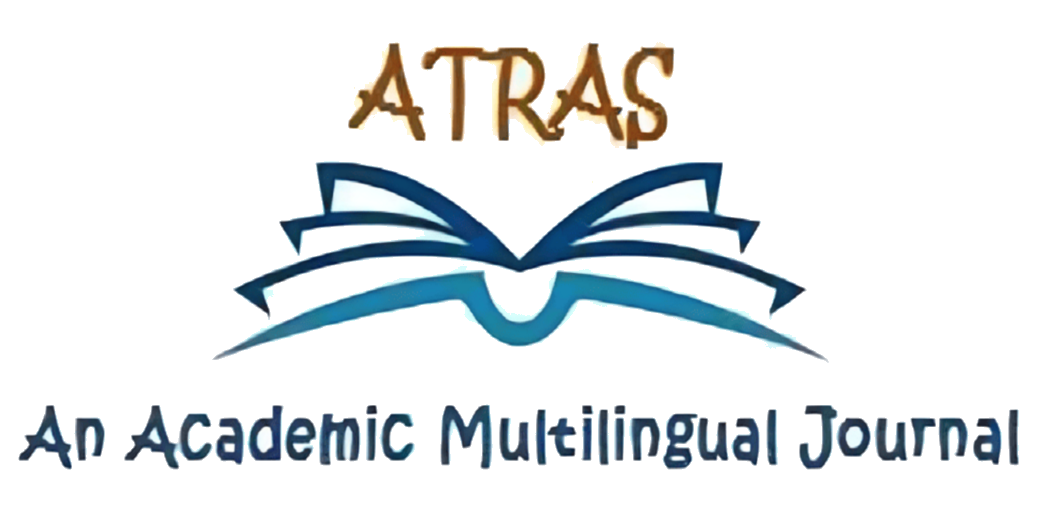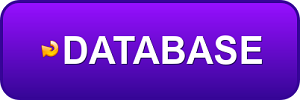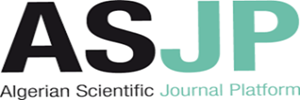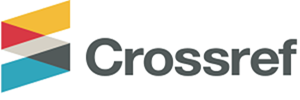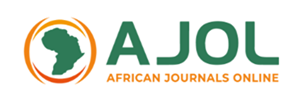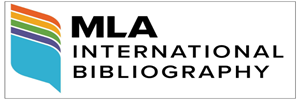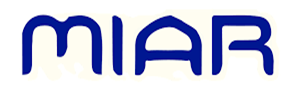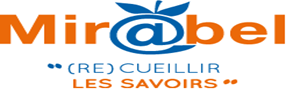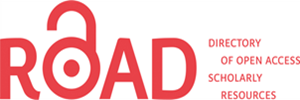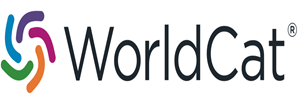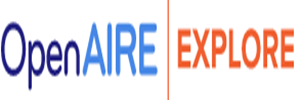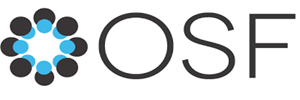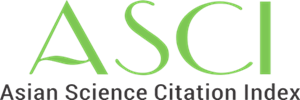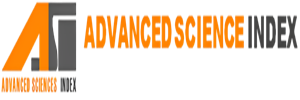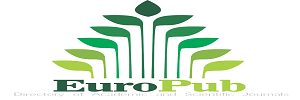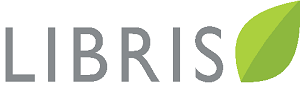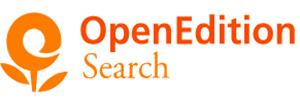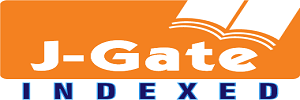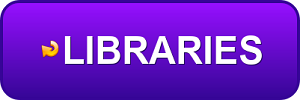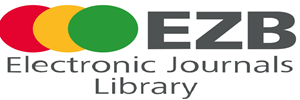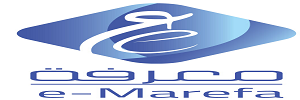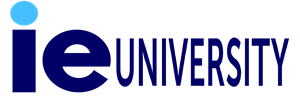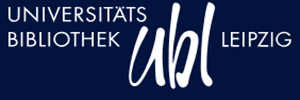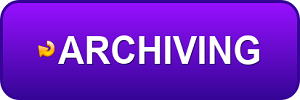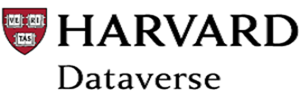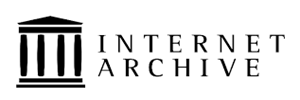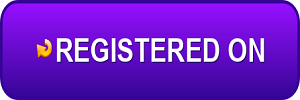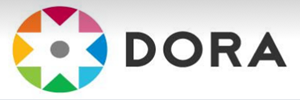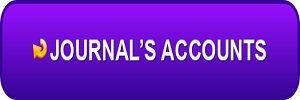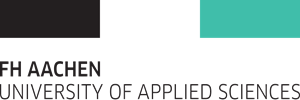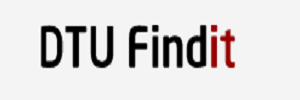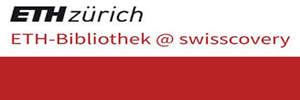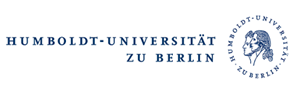Title: The Reality of Non-Native Arabic Learners Using Google Translate in the Educational Process
د. عادل بن عبد الله الدوسري
جامعة الملك عبد العزيز – جدة
المملكة العربية السعودية
Abstract
Language learners must use language dictionaries while learning a new language, and language classes are not devoid of these dictionaries (whether they are paper or digital). This study aims to describe the use of Google Translator by King Abdulaziz
University international students to translate from and into Arabic. It also discusses the most prominent problems and obstacles and methods of dealing with them. An exploratory sequential approach was adopted in the research methodology. Quantitative data was collected first, then explained with qualitative data. The study showed that most of its participants depend on Google Translator in one way or another. Despite their low confidence in its translation, most of them use it as a dictionary. All of them are aware of the shortcomings of Google Translator, and each of them has a different strategy in dealing with that shortcoming. Their strategies are discussed in the folds of this study. On the other hand, students use Google Translator to develop their language skills (such as reading) and rarely use it to develop listening and speaking skills due to the limited performance of Google Translator in the Arabic language.
Keywords:
Arabic learners, machine translation, google translator.
How to Cite this Paper:
بن عبد الله الدوسري، ع. (3202). واقع استخدام متعلمي العربية الناطقين بغيرها لمترجم قوقل في العملية التعليمية. مجلة أطراس، 4(2)، 7-61
References
أمبرتو إيكو.(2102) .أن نقول نفس الشيء تقريبا. ترجمة أحمد الصمعي. المنظمة العربية للترجمة- بيروت، لبنان.
Al Mubarak, A. A. (2017). The challenges of translating idioms from Arabic into English a closer look at al imam AL Mahdi University–Sudan. International Journal of Comparative Literature and Translation Studies, 5(1), 53-64.
Al-Timen, A., & Abbas, F. (2021). Analyzing Error Analysis in Google Translate: A Case Study of a Medical Text. Journal of College of Education/Wasit, 43(2).
Bin Dahmash, N. (2020). ‘I Can’t Live Without Google Translate’: A Close Look at the Use of Google Translate App by Second Language Learners in Saudi Arabia. Arab World English Journal (AWEJ) Volume, 11.
Ducar, C., & Schocket, D. H. (2018). Machine translation and the L2 classroom: Pedagogical solutions for making peace with Google translate. Foreign Language Annals, 51(4), 779-795.
Jabak, O. (2019). Assessment of Arabic-English translation produced by Google translate. International Journal of Linguistics, Literature and Translation (IJLLT) ISSN, 2617-0299
Koponen, M. (2010, January). Assessing machine translation quality with error analysis. In Electronic proceeding of the KaTu symposium on translation and interpreting studies. https://sktl-fi.directo.fi/@Bin/40701/Koponen_MikaEL2010.pdf
Shen E. (2010). Comparison of online machine translation tools. Retrieved April 13, 2021 from https://www.tcworld.info/e-magazine/translation-and-localization/comparison-of-online-machine-translation-tools-34/
Tongpoon-Patanasorn, A., & Griffith, K. (2020). Google Translate and Translation Quality: A Case of Translating Academic Abstracts from Thai to English. PASAA: Journal of Language Teaching and Learning in Thailand, 60, 134-163.
Turovsky, B. (2016). Found in translation: More accurate, fluent sentences in Google Translate. Google Translate Blog. https://blog.google/products/translate/found-translation-more-accurate-fluent-sentences-google-translate/
Valijärvi, R.L., & Tarsoly, E. (2019). Language students as critical users of google translate: Pitfalls and possibilities. Practitioner Research in Higher Education Journal, 12(1), 61–74
Wei, L. K. (2021). The use of Google Translate in English language learning: how students view it. International Journal of Advanced Research in Education and Society, 3(1), 47-53.
Zakraoui, J., Saleh, M., Al-Maadeed, S., & Alja’am, J. M. (2021). Arabic Machine Translation: A Survey With Challenges and Future Directions. IEEE Access, 9, 161445-161468.

Copyright for all articles published in ATRAS belongs to the author. The authors also grant permission to the publisher to publish, reproduce, distribute, and transmit the articles. ATRAS publishes accepted papers under the Creative Commons Attribution-NonCommercial 4.0 International (CC BY-NC 4.0) License. Authors submitting papers for publication in ATRAS agree to apply the CC BY-NC 4.0 license to their work. For non-commercial purposes, anyone may copy, redistribute material, remix, transform, and construct material in any media or format, provided that the terms of the license are observed and the original source is properly cited.
